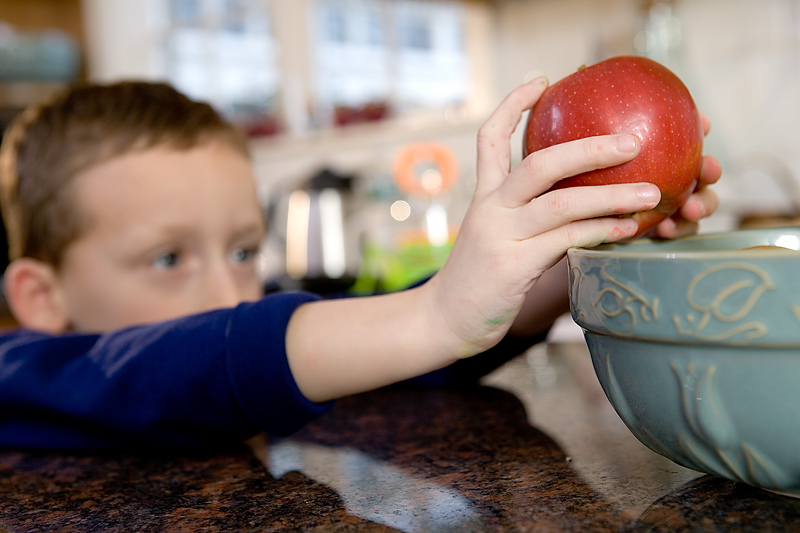WEDNESDAY, Sept. 15 (HealthDay News) — A gender gap in the ability of boys and girls to do spatial reasoning — a divide that appears to favor boys — can be eliminated through a specialized education program, new Israeli research suggests.
The scientists focused on 100 first-graders, about half of whom were enrolled in an eight-week training program designed to show the children how to think about spatial information from a holistic point of view rather than one based on particular details, and how to think about spatial geometric pictures from different points of view. The control group of children did not receive the training.
By the end of the two-month program the team found that gender differences in place prior to the program had vanished in the first group. This marks the first time that a study has demonstrated such an outcome, according to the researchers.
The study was published in the September/October issue of Child Development.
“Training that starts early can prevent gender differences in spatial abilities and provide equal opportunities for girls to excel in skills that are required for success in scientific domains,” study author David Tzuriel a professor of psychology and education at Bar Ilan University in Israel, said in a news release from the journal.
Though the long-term impact of such a program has yet to be gauged, the study authors suggest that closing the spatial reasoning gap could ultimately translate into improved performance among girls when it comes to achievements in science, math and engineering — all skills at which girls typically underperform.
“Given the value of good spatial skills in math and science, this study tells us that it’s possible to implement intervention programs and develop curricula aimed at overcoming gender differences that many believe have a biological contribution,” Tzuriel said.
“We still need to see if eliminating the gender gap in spatial relations results in eliminating the gap in math and science achievement,” he added. “But this is a critical first step.”
More information
For more on the gender gap in math and science, visit the National Network for Child Care.

